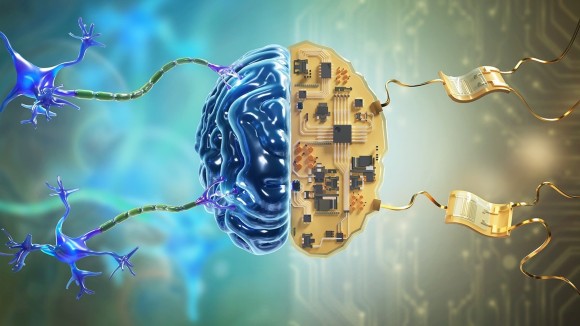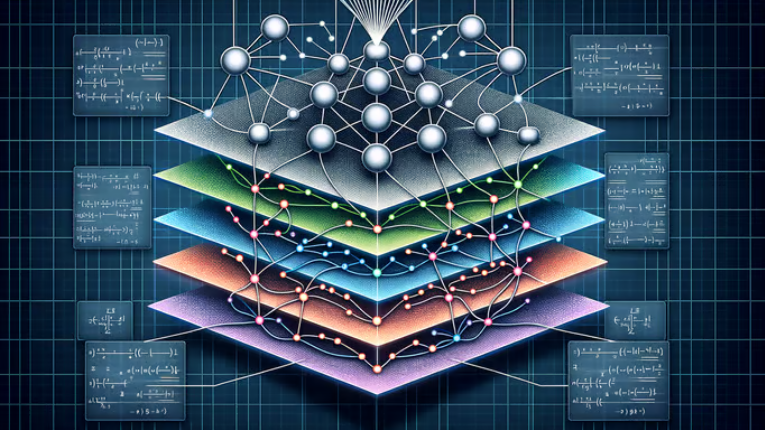Imagine a future where you can access the entire library of human knowledge instantly, directly from a device the size of a phone. This is a far cry from the past century when computers filled entire buildings yet had less computational power than today’s laptops. Though these advancements are impressive, technology has continued to develop, becoming increasingly efficient each year. However, as the efficiency of technology grows, power consumption is drastically increasing as well, straining our resources and jeopardizing our environment. According to UC Santa Barbara electrical and computer engineering Professor Kaustav Banerjee, “making computers more energy efficient is crucial because the worldwide energy consumption by on-chip electronics stands at #4 in the global ranking of nation-wise energy consumption.” Alarmingly, this power consumption is expected to rise exponentially, driven by the intense demands of artificial intelligence. Banerjee warns that the power inefficiency of current computing systems poses significant risks for global warming. To address these challenges, scientists are exploring the possibility of modeling technology around the human brain’s computing processes.
Known as neuromorphic computing, this approach mimics the brain’s ability to conserve energy by activating only when information needs to be processed. It has been determined that current technology is about “10,000 times higher in energy requirements” when compared to the human brain in specific tasks including “image processing and recognition”. Current technology systems constantly cycle energy within the device, overconsuming energy. This computing system offers a promising method to increase the computational power of technology while drastically reducing power consumption.
Within the brain, neurons make computations and communicate with each other through pathways known as synapses. These neurons and synapses form a system known as a spiking neural network. When neurons become alert, they trigger a “spike” which sends a variety of signals through this massive network. In neuromorphic hardware, these neurons are repeatedly connected to one another in a grid-like formation, gaining computational power as more artificial neurons are added. The artificial neurons themselves consist of a series of electrical components that mimic the neuroplasticity and functioning of a biological neuron. Considering many of these artificial neurons can be integrated into a single chip, this makes the technology incredibly scalable, allowing the efficiency of this hardware to increase rapidly.
The applications of neuromorphic computing extend far beyond simply increasing technology efficiency and power conservation. Neuromorphic computing is often used in pattern recognition, due to its brain-like learning capabilities, and by applying this to medical conditions, it may have possible usages in early diagnosis of illnesses. Last year, researchers from Eindhoven University of Technology and Northwestern University developed a method of quickly identifying diseases using neuromorphic computing, first testing its ability to identify cystic fibrosis. In the past, chips were trained using external software and datasets which was both time-consuming and inefficient. To optimize this process, scientists created a neuromorphic chip that processes patient data in real-time, revolutionizing the use of this technology in real-world applications. When this chip was tested to identify high concentrations of chloride anions in sweat, a clear indicator of cystic fibrosis, it was primarily successful, continuously improving with each mistake it made. This opens a new door into on-chip learning approaches which is a technological advancement that shifts pre-programmed technology to chips that can learn and adapt to their environment. These chips can simply be retrained with information about varying diseases, allowing them to be used in efficient identification across a wide spectrum of diseases.
Neuromorphic computing is expected to become an essential part of computer systems in the future. With the rapid increase in device power consumption, there is an urgent need for a sustainable, efficient method of designing technology. While devices designed around neuromorphic computing have yet to reach their full potential, much of their development hinges on our understanding of the brain as a whole. Advancements in brain research will, in turn, expand the capabilities of neuromorphic computing. As this computing method moves forward, it has the capacity to revolutionize various fields and provide breakthroughs crucial to advancing the sustainability of powerful technology.
References
Caballar, Rina, and Cole Stryker. “What Is Neuromorphic Computing? | IBM.” Www.ibm.com, 27 June 2024, www.ibm.com/think/topics/neuromorphic-computing.
Fernandez, Sonia. “Researchers Propose the next Platform for Brain-Inspired Computing.” The Current, 24 June 2024, news.ucsb.edu/2024/021528/researchers-propose-next-platform-brain-inspired-computing.
Neuromorphic Hardware and Computing. (2024, April 30). Nature. https://www.nature.com/collections/jaidjgeceb
Technology, Eindhoven University of. “A Breakthrough Way to Train Neuromorphic Chips.” Techxplore.com, 15 Sept. 2023, techxplore.com/news/2023-09-breakthrough-neuromorphic-chips.html#google_vignette.







